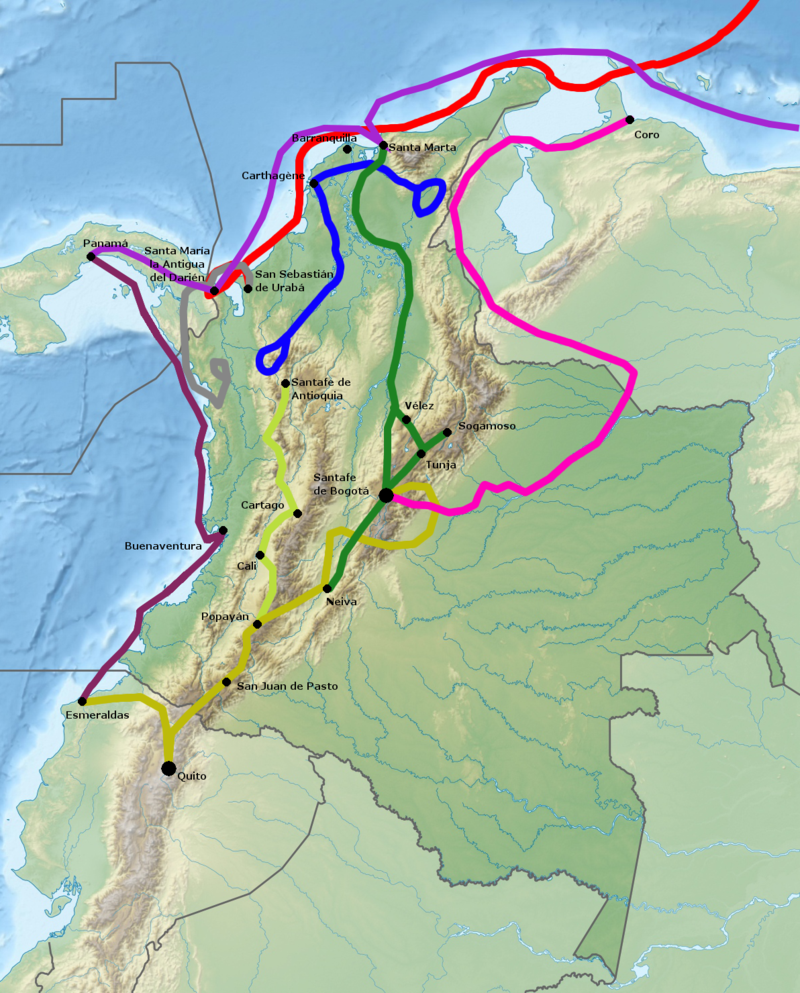Chapter 1: A new beginning (1396-1401)
Before his almost fatal hunting accident of 1396, king Juan I of Aragon had been nothing but a bad ruler and his reign was characterized, up to that year, by disastrous financial administration. However, after the already mentioned accident which took place at the forest of Foixà (May 19, 1396), Juan became a different man. If until then he had left the government in the incapable hands of his second wife, Violant of Bar, while he devoted himself to his favorite hobbies, especially hunting., and the promotion of music and literature with the help of his favourite, Carroza de Vilaragut; in this area he instituted the Floral Games of Barcelona, in imitation of those of Tolosa, in 1393, in which poets from all over the Crown of Aragon participated.
However, as it has been mentioned, the accident at Foixà changed Juan. He not only renounced his mistress, Carroza, but also took the administration of his realms in his hands, at least when his health allowed him to do so, because he suffered several bouts of an unknown illness that rendered him unable to rule: in June 1396; during the winter of 1397–98; December 1400; and finally a fatal bout in March 1401.
His last years are remembered for his attempt to reform the taxation and to redress the financial situation of his realms, but with a very limited success. He had to face not only more problems and quarrels to surface in Aragon, but also an invasion in 1396 from France, as Count Matthew of Foix contested his right to rule on behalf of his wife Juana, elder sister of the king. Matthew, who had hoped that his move would led to a general rebellion in Aragon and Valencia, was bitterly surprised when this did not took place and his army was soundly beaten by the forces led by the heir to the throne, Jaime, Duke of Girona. However, the Sardinian question remained unsolved by the time of the king's death.
From his first marriage to Martha of Armagnac (1347 - 1378), daughter of Count Jean I of Armagnac:
Before his almost fatal hunting accident of 1396, king Juan I of Aragon had been nothing but a bad ruler and his reign was characterized, up to that year, by disastrous financial administration. However, after the already mentioned accident which took place at the forest of Foixà (May 19, 1396), Juan became a different man. If until then he had left the government in the incapable hands of his second wife, Violant of Bar, while he devoted himself to his favorite hobbies, especially hunting., and the promotion of music and literature with the help of his favourite, Carroza de Vilaragut; in this area he instituted the Floral Games of Barcelona, in imitation of those of Tolosa, in 1393, in which poets from all over the Crown of Aragon participated.
However, as it has been mentioned, the accident at Foixà changed Juan. He not only renounced his mistress, Carroza, but also took the administration of his realms in his hands, at least when his health allowed him to do so, because he suffered several bouts of an unknown illness that rendered him unable to rule: in June 1396; during the winter of 1397–98; December 1400; and finally a fatal bout in March 1401.
His last years are remembered for his attempt to reform the taxation and to redress the financial situation of his realms, but with a very limited success. He had to face not only more problems and quarrels to surface in Aragon, but also an invasion in 1396 from France, as Count Matthew of Foix contested his right to rule on behalf of his wife Juana, elder sister of the king. Matthew, who had hoped that his move would led to a general rebellion in Aragon and Valencia, was bitterly surprised when this did not took place and his army was soundly beaten by the forces led by the heir to the throne, Jaime, Duke of Girona. However, the Sardinian question remained unsolved by the time of the king's death.
From his first marriage to Martha of Armagnac (1347 - 1378), daughter of Count Jean I of Armagnac:
- Jaime (Valencia, 24 June 1374 - Valencia, 22 August 1410), Duke of Girona and Count of Cervera
- Juana (Daroca, October 1375 - Valencia, September 1407), married in 1392 at Barcelona to Mathieu, Count of Foix, without progeny.
- Juan (23 July 1376 – 1337)
- Alfonso (9 September 1377)
- Eleanor (13 July 1378 – Zaragoza, 1378)
- Yolande (1382 - 14 November 1440), married on 2 December 1400 to Louis II of Naples
- Fernando (18 March 1384 - October 1400), Duke of Elche
- Leonor (2 January 1389 – July 1391)
- Pedro (13 January 1391-23 February 1448), Duke of Xàtiva
Last edited:
